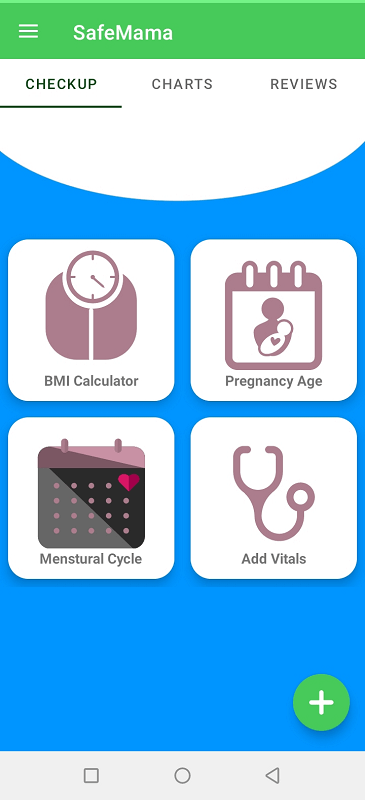Global Pre-eclampsia Initiative won the UNFPA Joint Innovation Challenge 2022.




SAFEMAMA APP
The Pre-eclampsia
Management Tool
A mobile application for the management of hypertensive disorders of pregnancy (Pre-eclampsia), Menstrual cycle management , Pregnancy age monitoring and Body Mass Index (BMI) calculator.
Our Products
SAFEMAMA FIELD BAG
ABOUT US
Global Pre-eclampsia Initiative (GPI) is a not for profit organisation that uses its innovative Safemama system as Maternal Early Warning System (MEWS) tool to help improve on early detection, management and follow up of pregnant women who develop hypertensive disorders of pregnancy (Pre-eclampsia).
OUR APPROACH
Early Detection
Early detection of pre-eclampsia through community sensitization, screening and periodic surveillance
Timely Referral
.Timely referral to healthcare providers , by mitigating the family level delay on decision to seek medical help
Effective Management
Effective management and efficient follow-up of pre-eclampsia patients during pregnancy, childbirth and after birth

